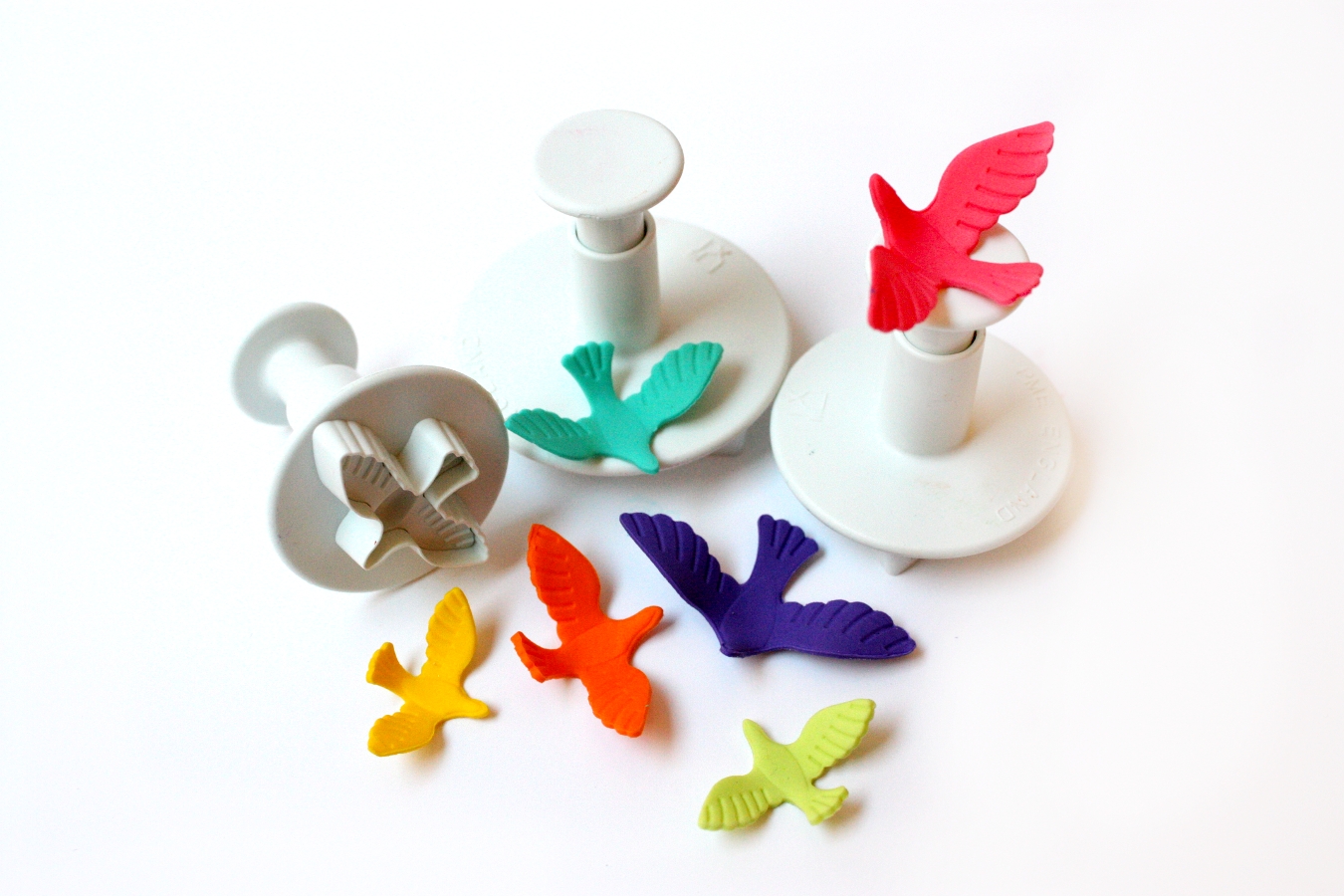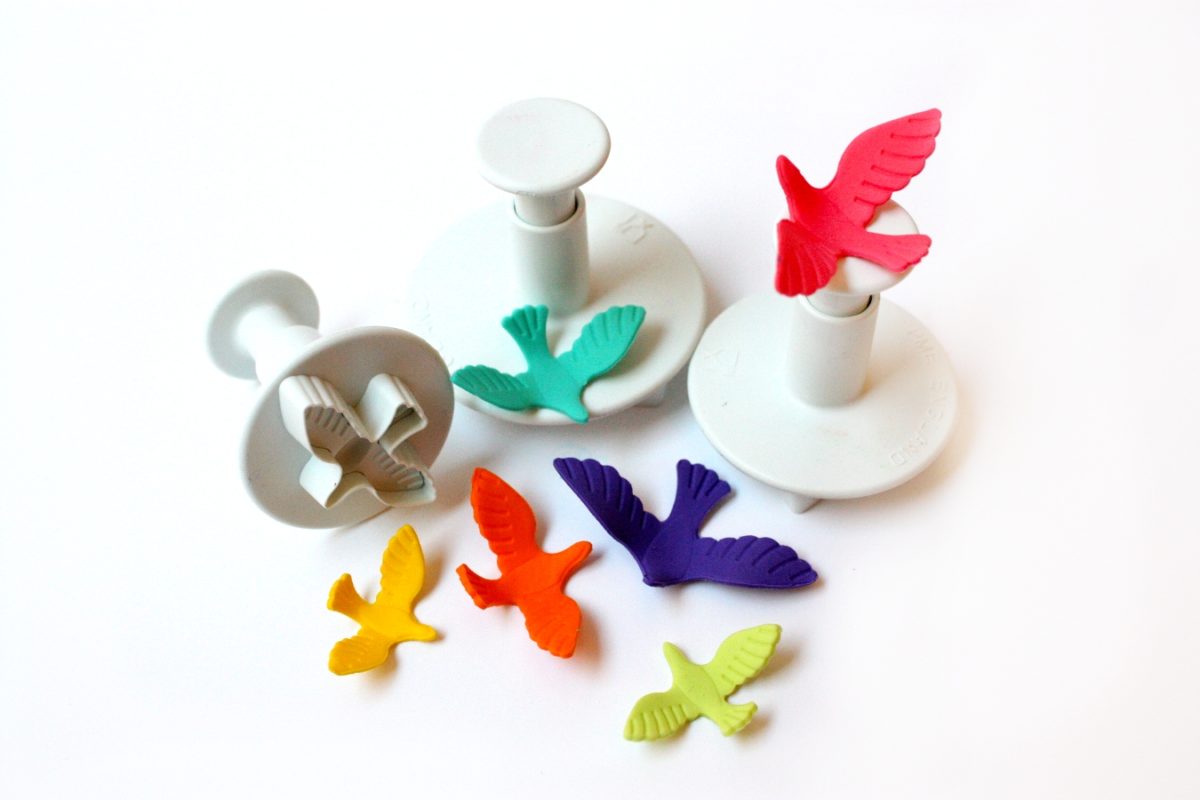Blog
Plastic vs Metal Cutters
The cutter is one of those versatile cake-decorating accessories. If you are a wedding cake designer, it would be impossible for your business to function without them, unless, of course, naked wedding cakes are your niche. Lets deal with naked cakes in another post, shall we? Keeping this post family friendly!
The cutters you choose to invest in need to be good enough for the delicious cakes that they will sit on. With cake decorating suppliers, both big and small, offering such a huge variety, it can sometimes be difficult to decide which cutters to choose.
Both metal and plastic cutters have their benefits. Metal cutters will give a flawless finish because they are precisely cut to shape, but they do tend to rust after a period of time. This can be off-putting, especially if you are in our shoes and run a cake decorating school. To prevent metal cutters rusting, follow this tried, tested and simple routine when cleaning cutters – this method also works wonders at removing those irritating little bits of dried sugar/flower paste:
How to clean metal cutters:
- Place cutters in a bowl and pour boiling hot water over them so that they’re completely immersed in water.
- Add a small squirt of washing up liquid, stir it in, and leave to rest until the water is no longer warm: about half an hour.
- Preheat the oven to 50 C.
- Pour the water out of the bowl and spread the cutters out on large baking sheet.
- Place in the oven, leaving the door slightly ajar. Leave in the oven for 10 minutes and viola, you have squeaky-clean, good-as-newcutters!
How to clean plastic cutters:
Follow the above routine, but leave the cutters out to dry instead of putting them in the oven!
Achieve good results with your sugarcraft cutters!
Plastic cutters are best used with a foam pad on hand. Simply scrape off the excess paste by rubbing the cutter (with the decoration still on the cutter) in a circular motion directly onto the foam pad for no more scruffy edges.
Plastic cutters do have one up on their metal counterparts: better durability. It only takes one heavy hand to accidently disfigure a metalcutter, and once it’s out of shape, there’s no turning back. For a cutter that is practically double the price of the plastic variety, it seems a big price to pay for something that is prone to rusting and losing its pretty shape. However, both have their benefits!
Here is an example of a plastic cutter:

And here is a humble metal cutter, one of the most popular cutters in our classes! These and lots of other awesome cutters can be found in our online shop!


